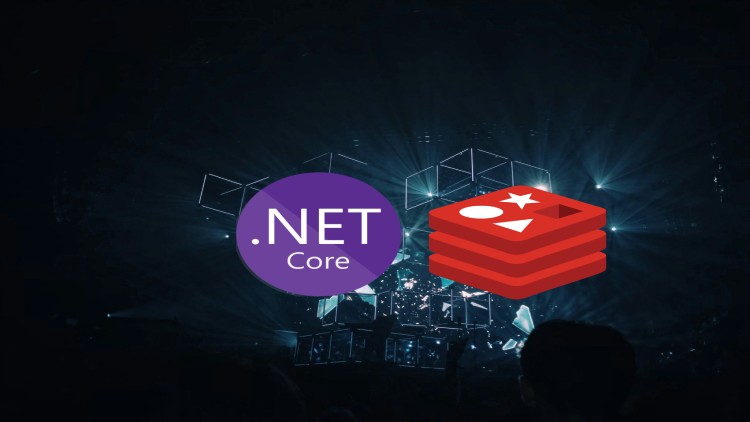What
You’ll Learn
You’ll Learn
- Introduction ( Defining NoSQL – Types of NoSQL databases – Caching – Full-Text Search – Geospatial and time-series data – Messaging Queuing – other concepts)
- Getting started ( Installing Redis on Docker – Client libraries – Database ,Creating data – Using Redis Enterprise Cloud – Working with Redis Client)
- Mulit Model (String – JSON – List – Sets – Hashes – Sorted set – Streams – Consumer group – GeoSpatial – BitMap – BitField – HyperLogLog – PubSub)
- Cluster ( Clustering – Creating cluster – cluster reset – cluster Meet – Failover – Reshard – Add/Remove node – replica migration)
- Caching (Introduction – Caching use cases – Static vs Dynamic caches – In-memory caching implementation – Distributed cache Redis – Other concepts)
- Search (What is RediSearch – Creating Index – Query data – Manage index – Aggregation – Apply Function – RediSearch with C#)
- JSON ( JSON support for Redis – Commands – JSON Limitation – Path – JSONPath Support – Legacy path syntax – RedisJson use cases)
- Advanced Data Structures (Keys – Key expiration – String – Hashes – List – Ordered Sets – Transactions – Optimistic locking – other concepts)
- Redis For .Net developers (NuGet package – Connect to Redis – Interfaces StackExchangeRedis – Connecting to Redis Cluster – Transaction – other concepts)
Requirements
- Basics of C# are needed
Description
Redis is a powerful, open-source, in-memory data store that has become an indispensable tool for modern application development. From caching to real-time analytics, Redis offers a wide array of features that can significantly enhance the performance, scalability, and responsiveness of .NET applications.
In this in-depth course, designed specifically for .NET developers, we cover everything you need to know to master Redis. Whether you’re a beginner looking to understand the basics or an experienced developer seeking to unlock the full potential of Redis, this course has something for you.
Key Course Sections:
-
Introduction to Redis:
-
Understand the fundamentals of Redis, its architecture, and key use cases.
-
Learn how Redis compares to traditional databases and caching solutions.
-
Explore the benefits of in-memory storage and the scenarios where Redis shines.
-
-
Clustering and High Availability:
-
Dive into Redis clustering and understand how to scale your Redis deployments horizontally.
-
Learn about replication, partitioning, and failover mechanisms for ensuring high availability.
-
Explore best practices for deploying Redis clusters in production environments.
-
-
Redis Search:
-
Discover Redis’ powerful search capabilities and learn how to implement full-text search in your applications.
-
Understand the different search modes, indexing strategies, and query syntax supported by Redis Search.
-
Explore real-world use cases for integrating Redis Search into .NET applications.
-
-
Caching with Redis:
-
Learn how to leverage Redis as a distributed cache to improve the performance and scalability of your .NET applications.
-
Understand caching strategies, expiration policies, and cache invalidation techniques.
-
Explore advanced caching scenarios, such as cache aside and read-through/write-through caching.
-
-
Redis Data Structures:
-
Deep dive into Redis’ versatile data structures, including strings, lists, sets, hashes, and sorted sets.
-
Understand how to use each data structure effectively and efficiently in your .NET applications.
-
Explore practical examples and best practices for modeling data with Redis data structures.
-
-
Advanced Concepts and .NET Samples:
-
Delve into advanced Redis features such as Lua scripting, transactions, and pipelining.
-
Learn how to implement real-time messaging and pub/sub patterns using Redis.
-
Explore .NET code samples and hands-on exercises demonstrating how to integrate Redis into your .NET applications.
-
Who this course is for:
- .Net developers






